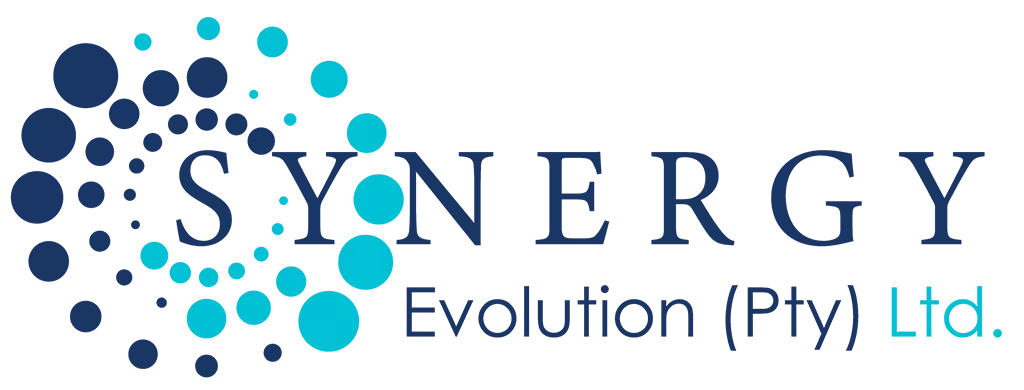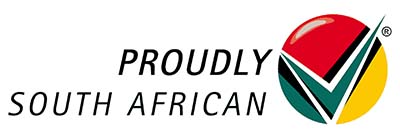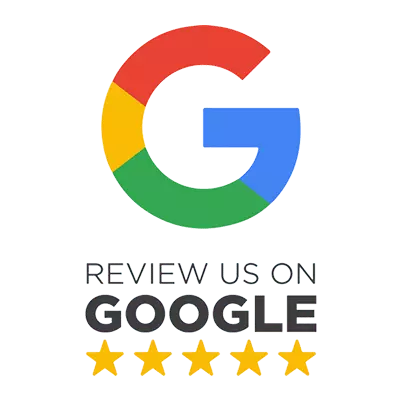Selecting the right Fixed Asset Management Software is crucial for businesses seeking to efficiently manage their assets, reduce manual errors, and maintain accurate records.
However, with so many options available, how do you choose the best one for your business?
In this guide, we’ll walk you through the essential factors to consider, helping you find a solution that fits your specific needs and operational goals.
Assessing Your Business Needs
The first step in choosing the right software is understanding your unique requirements.
Fixed asset management software is not a one-size-fits-all solution, and what works for one business may not suit another.
Here’s what to evaluate:
1. Inventory and Asset Types:
Consider the types of assets you need to manage. Are they physical assets like machinery, equipment, and vehicles, or are they intangible assets such as intellectual property?
Identifying your asset categories will help you select software that offers specialized features like depreciation tracking, maintenance scheduling, and more.
2. Business Size:
The size of your business plays a crucial role in software selection. Small businesses may not need complex solutions designed for enterprises managing thousands of assets.
Conversely, large organizations should look for software that can handle substantial asset inventories while scaling as the business grows.
3. Key Features Required:
Before making a decision, outline the core features your business needs. Common features include:
- Asset Tracking: Real-time tracking of asset location and status.
- Depreciation Management: Automatic calculation of asset depreciation for financial reporting.
- Maintenance Scheduling: Ensuring timely servicing and upkeep of assets to extend their life cycle.
- Reporting and Compliance: Generation of detailed reports for audits and compliance purposes.
Types of Fixed Asset Management Software
Fixed asset management software comes in various forms, and the right choice depends on your business’s flexibility, budget, and technology infrastructure.
- Cloud-Based Solutions: Cloud-based software offers flexibility and scalability, making it ideal for businesses that prefer subscription-based models with lower upfront costs. These solutions allow real-time access from anywhere, providing updates across multiple locations instantly. They are also easier to scale as your asset pool grows.
- On-Premise Solutions: For companies that prioritize control over data and systems, on-premise solutions may be a better fit. These software packages are hosted on the company’s servers, offering more customization options and better control over security. However, they often come with higher upfront costs and ongoing maintenance responsibilities.
- Hybrid Models: Hybrid solutions combine the best of both worlds—offering on-premise control with the flexibility and convenience of cloud access. This option is often suitable for businesses that require specific on-site functionality while leveraging the cloud for remote operations.
Evaluating Software Features
When comparing software options, it’s essential to look beyond basic functionality and assess how the software will integrate with your existing workflows and systems.
- Ease of Use: Software that is easy to use can reduce the learning curve for your team and improve adoption rates. Look for intuitive interfaces and easy navigation, ensuring that even non-technical staff can efficiently manage the software.
- Customization and Scalability: Does the software offer customizable fields, reports, or workflows? Can it scale as your business grows? A good asset management software solution should be flexible enough to adapt to your evolving needs without requiring a complete overhaul.
- Integration with Other Systems: Many businesses rely on a range of software tools like ERP systems, accounting software, or inventory management platforms. Choose a solution that can integrate seamlessly with your existing systems to streamline processes and ensure data accuracy across all platforms.
- Mobile Accessibility: Mobile access is becoming increasingly important in asset management, especially for field teams and remote workers. The ability to update asset status, log maintenance, or track assets on the go can significantly improve efficiency.
Vendor Reputation and Support
Choosing the right vendor is just as important as selecting the software. You want a reliable partner who offers ongoing support and updates.
- Customer Reviews and Case Studies: Research the vendor’s reputation by reading customer reviews, testimonials, and case studies. Look for feedback from businesses in your industry to gauge whether the software meets your specific needs.
- Technical Support and Updates: A strong support system is essential when dealing with software that manages critical business functions. Ensure the vendor offers responsive customer support, regular software updates, and a robust knowledge base to help troubleshoot any issues.
Cost Considerations
Finally, consider the cost of the software. There are generally two pricing models to choose from:
- Subscription-Based Pricing: This is a popular option, particularly for cloud-based solutions, where you pay a monthly or annual fee based on the number of users or assets managed.
- One-Time Payment Models: For on-premise solutions, you may pay a higher upfront cost, but avoid ongoing subscription fees. However, additional costs for maintenance, updates, and support may apply.
It’s essential to weigh the cost against the features and level of support offered.
While one option may appear cheaper initially, the long-term benefits and potential savings from improved asset management may justify a more robust, premium solution.
Choosing the best Fixed Asset Management Software for your business involves evaluating your current and future needs, assessing software features, and considering the total cost of ownership.
By following this guide and carefully researching vendors, you can select a solution that enhances efficiency, reduces costs, and grows with your business.
Don’t forget to request demos or trials to ensure the software meets your expectations before committing.








